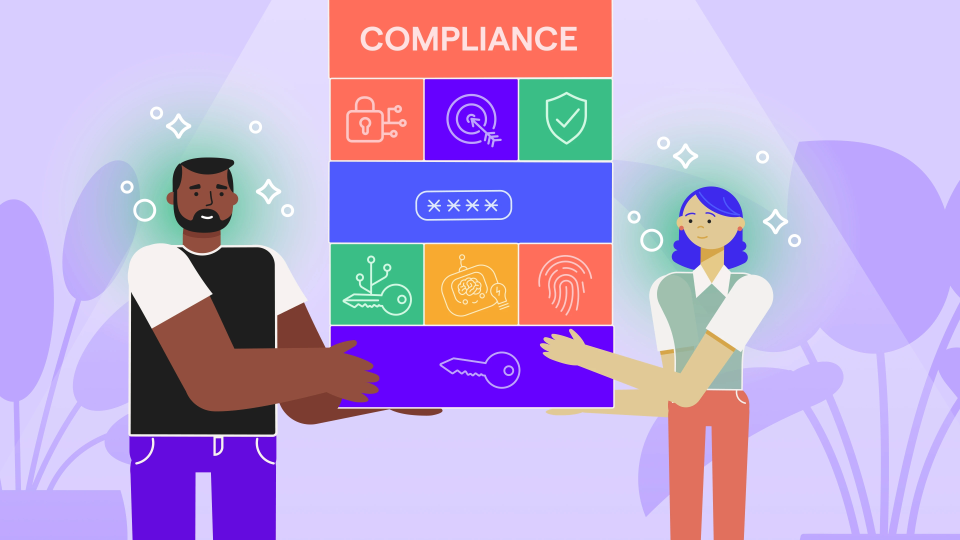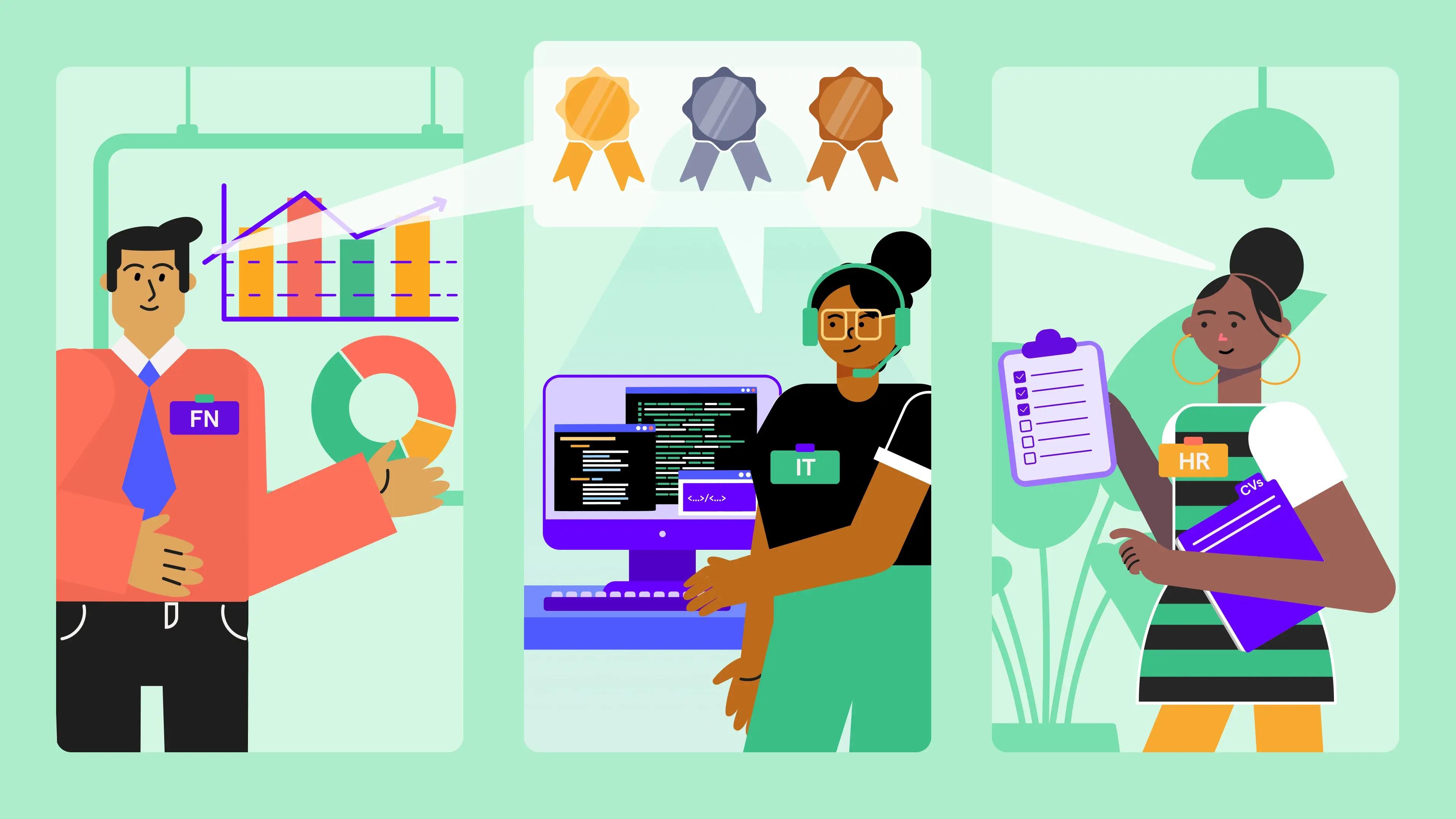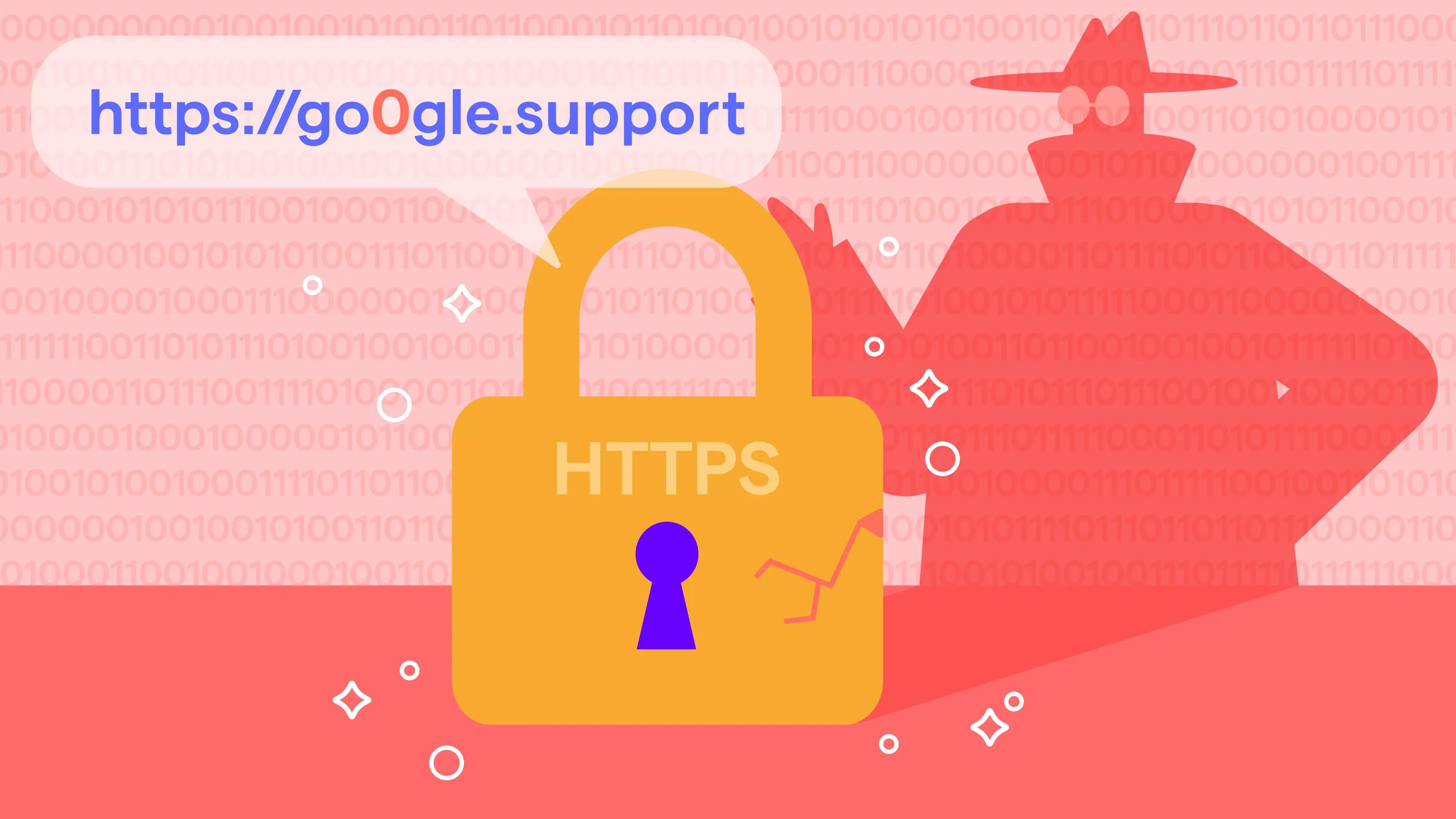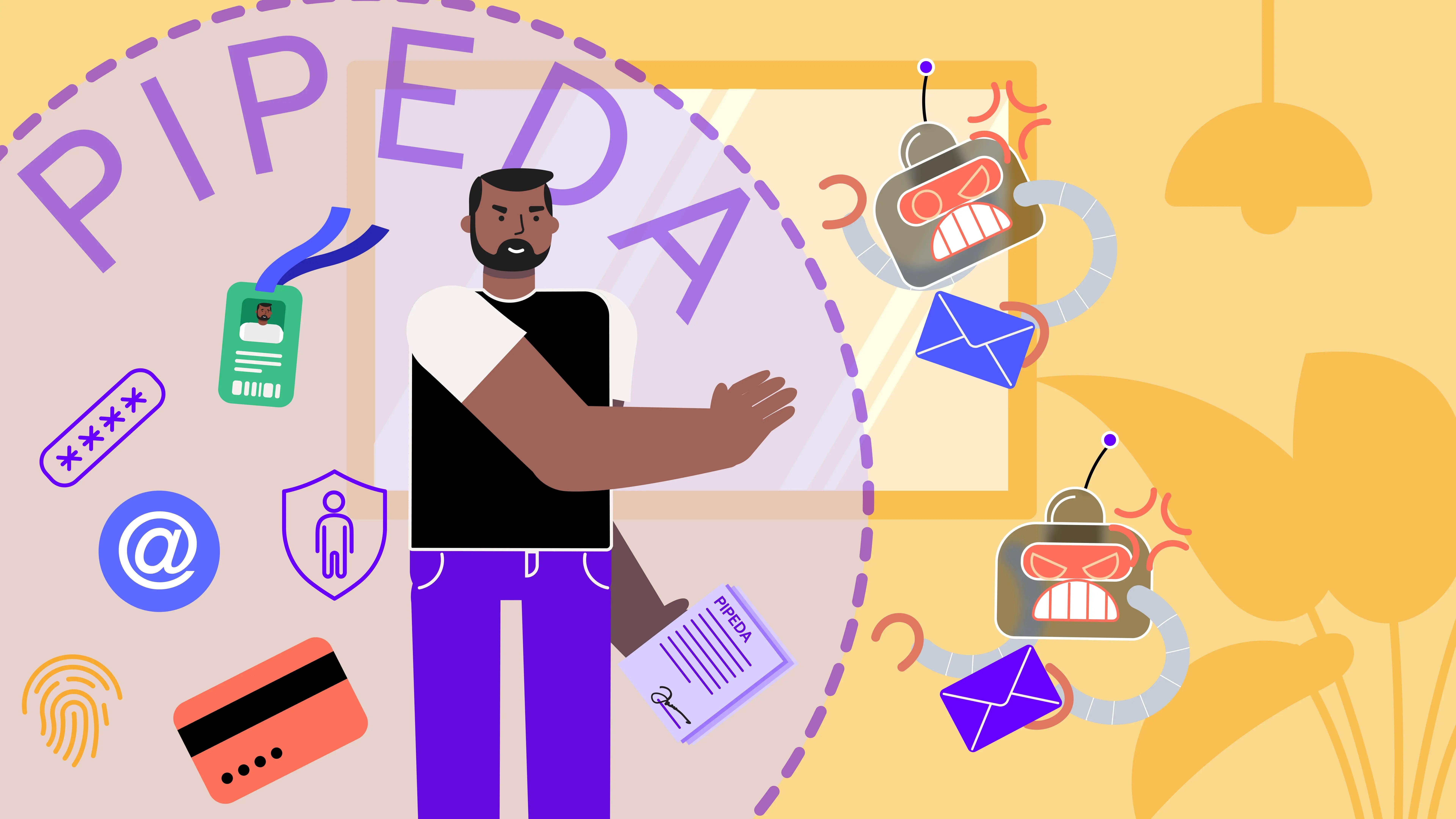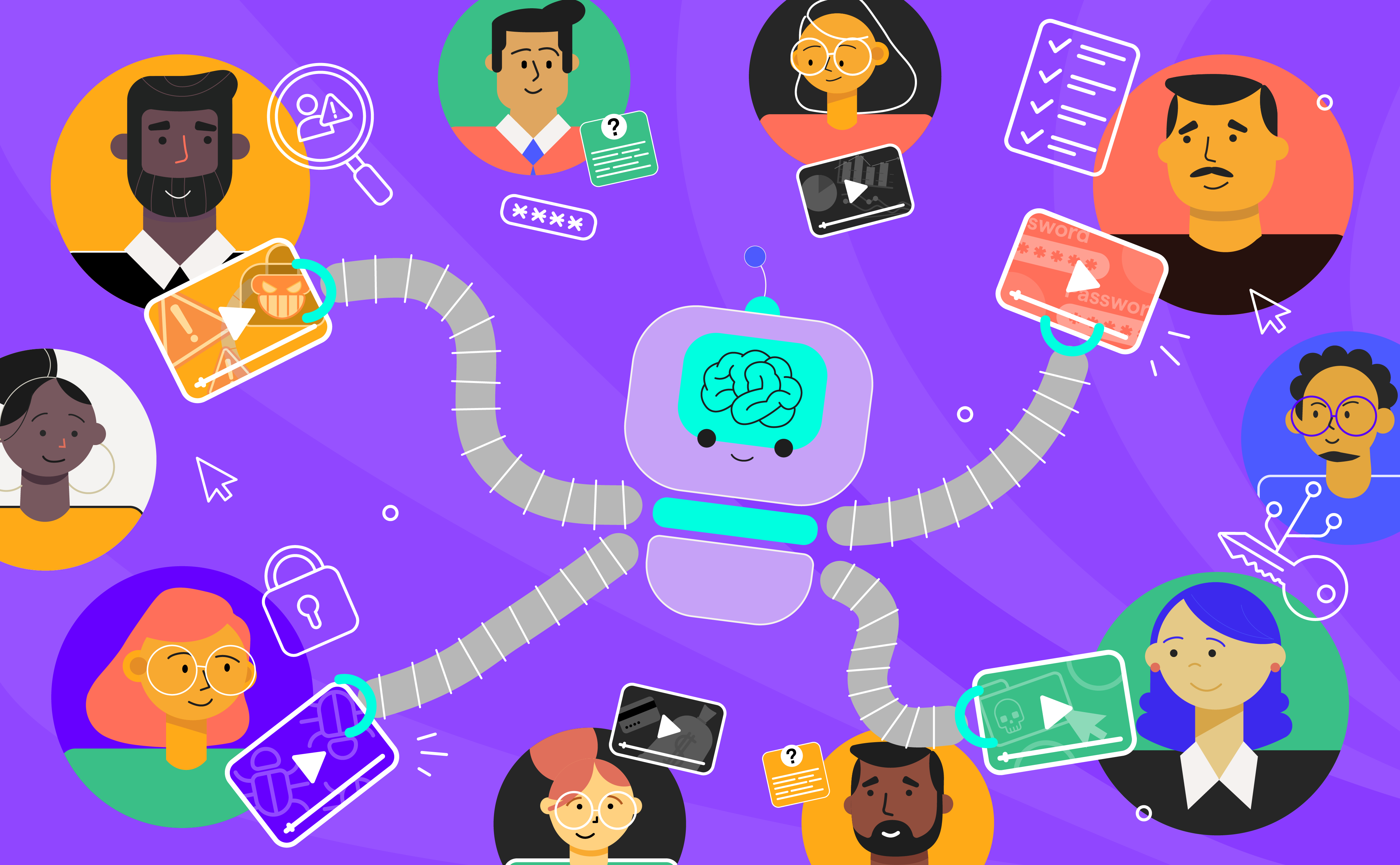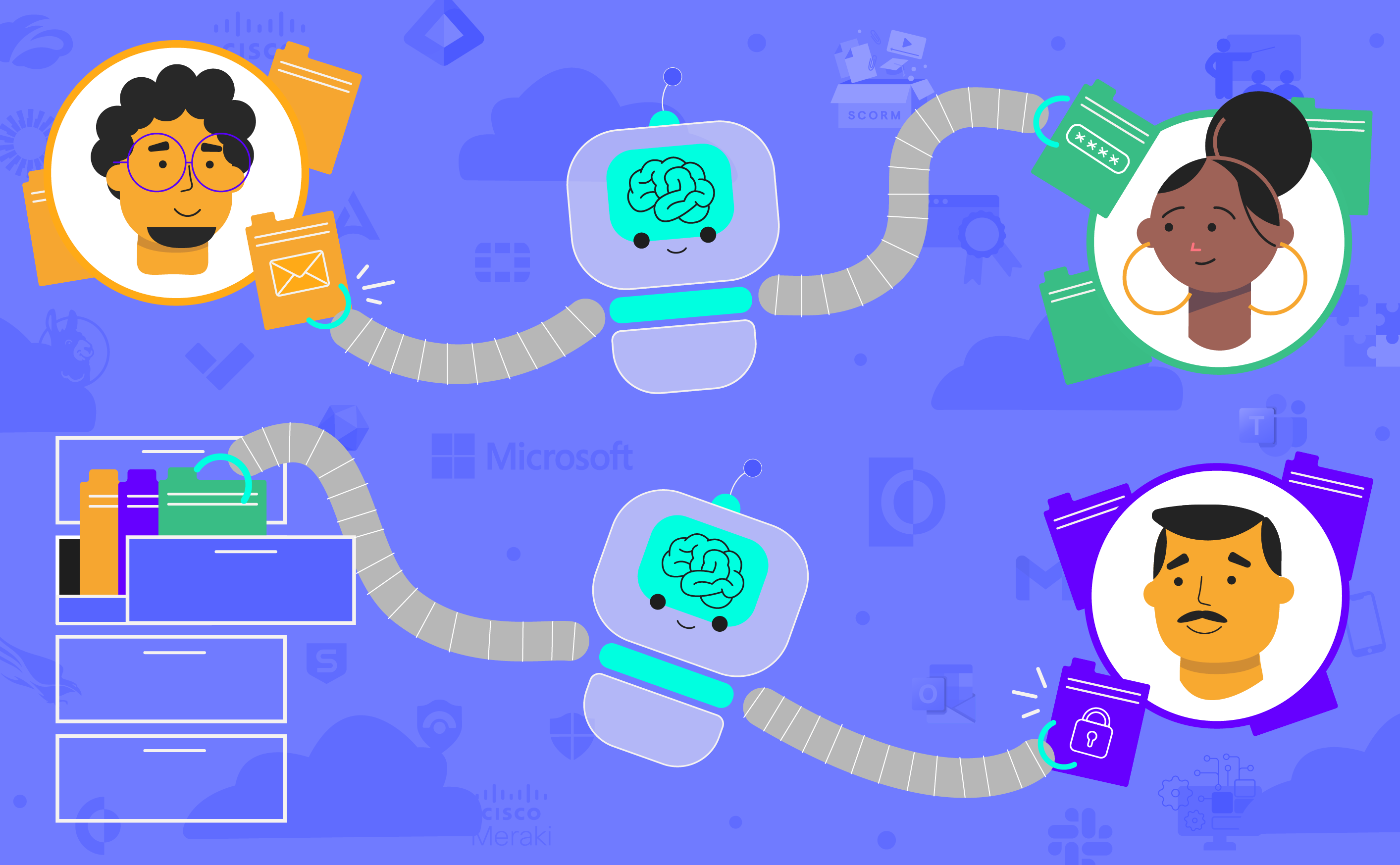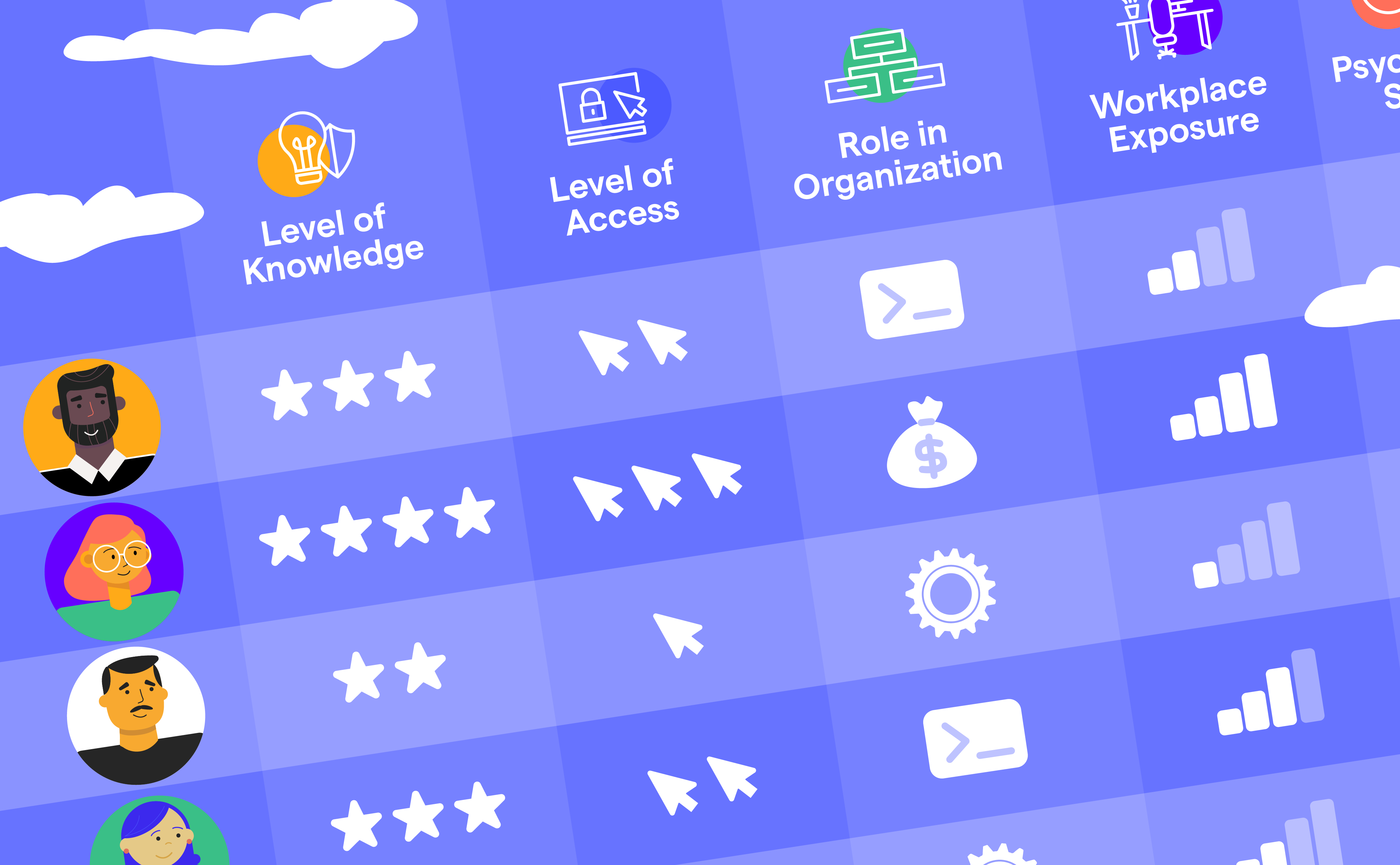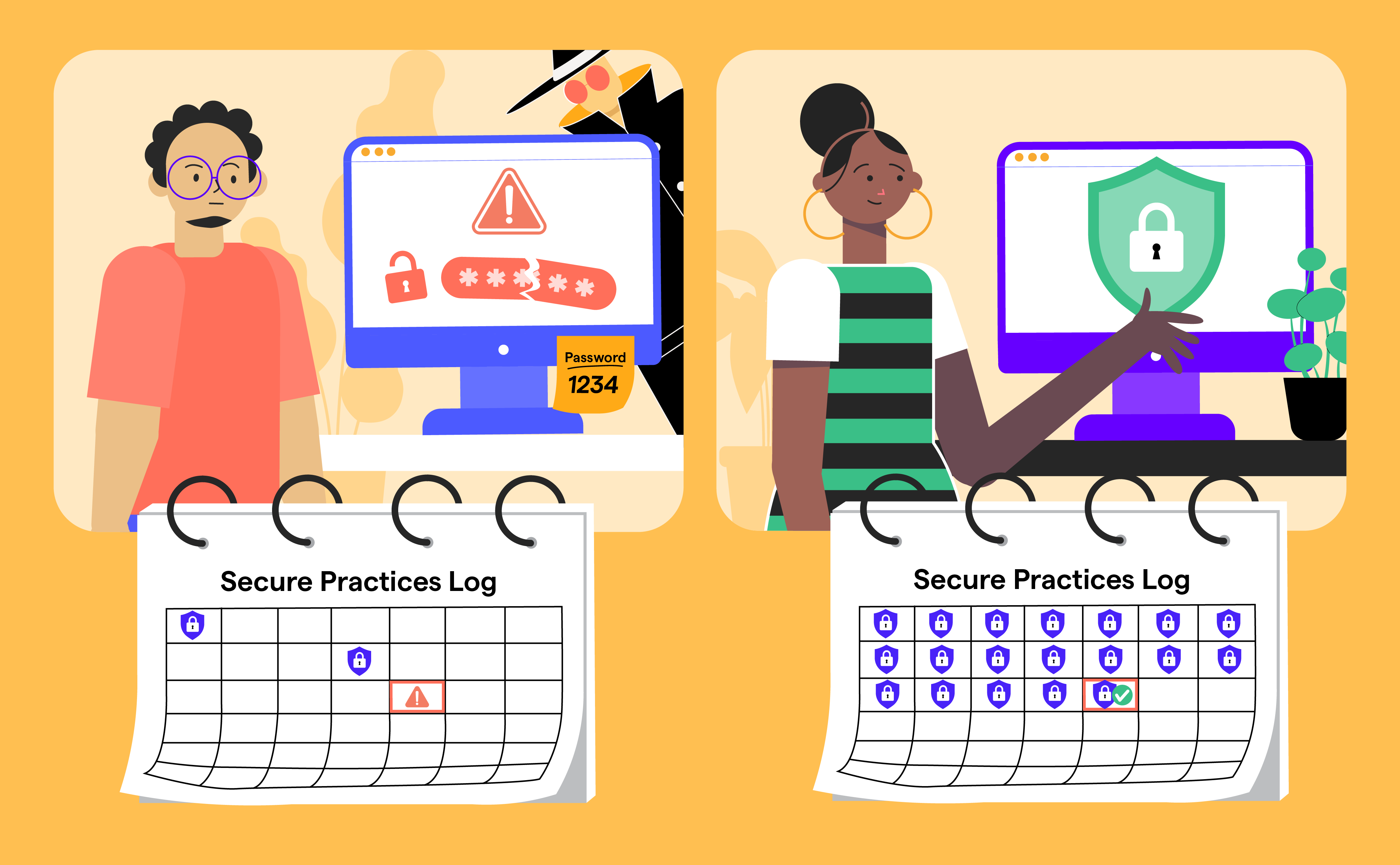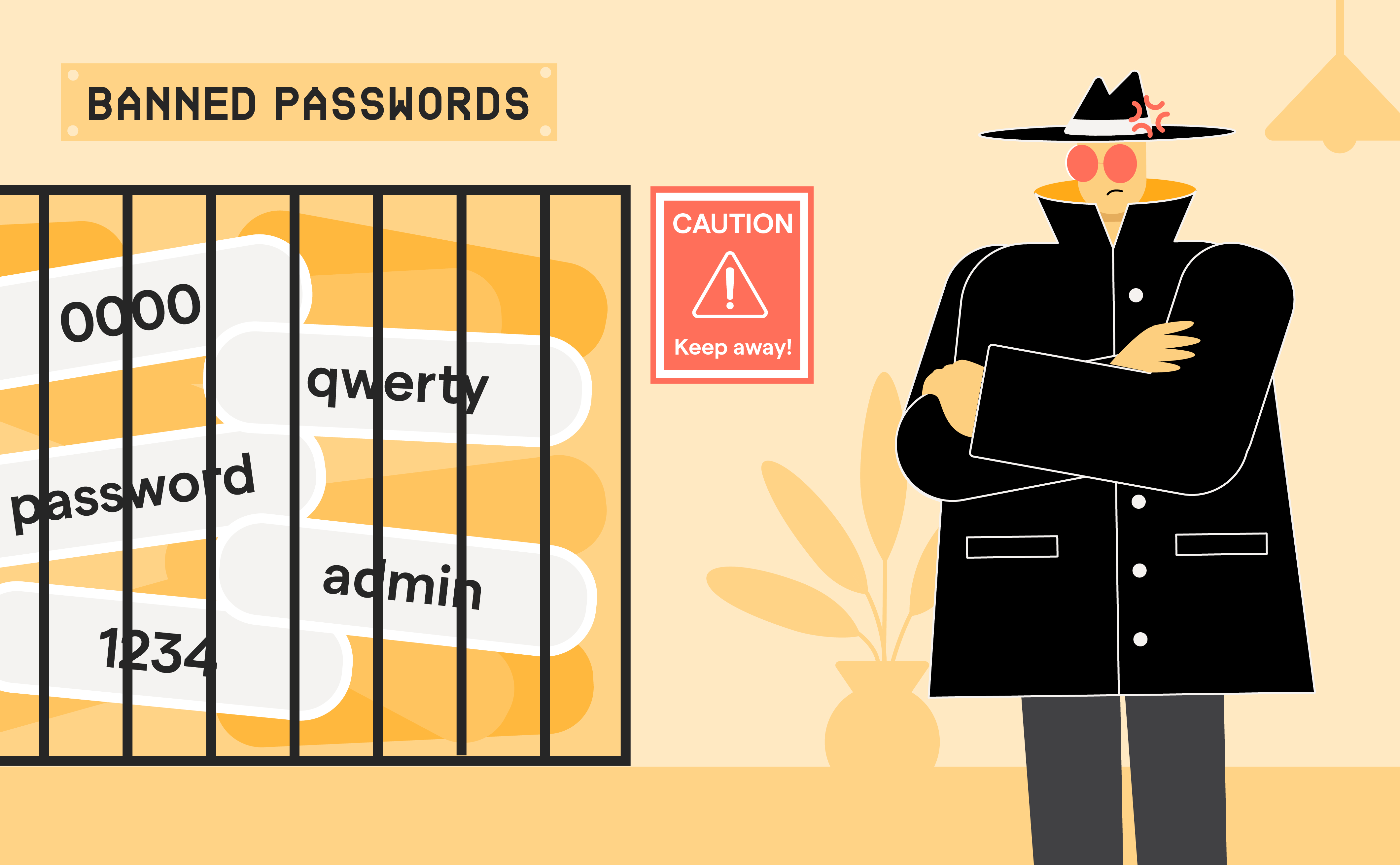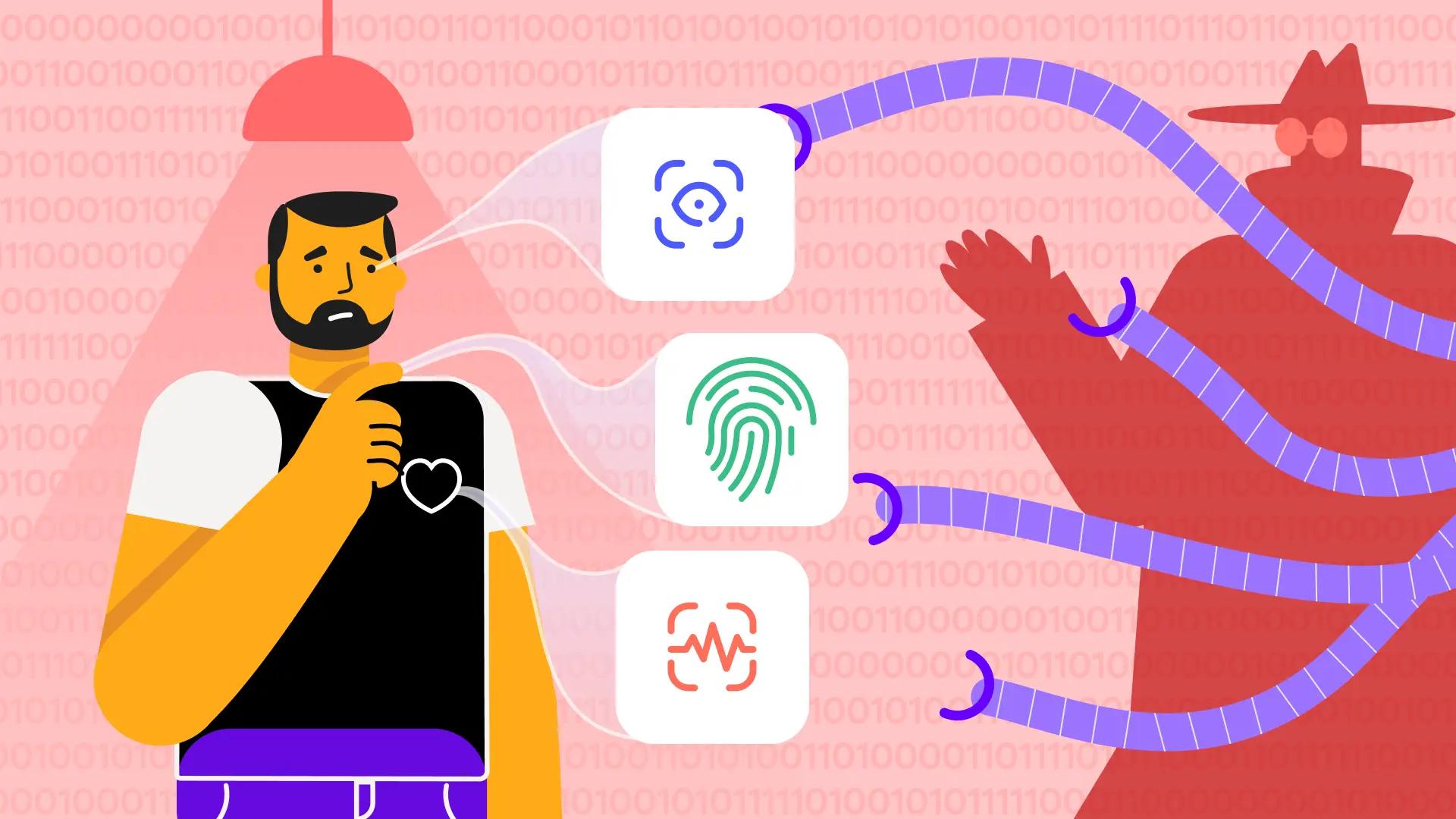
Biometrics Are Here: Are We Ready for the Human Risks?
Jun 06

Experience OutThink
Would you scan your eyes for free cryptocurrency? Imagine trying to prove you're human on the internet, not with a password or a selfie, but with your eyeballs. Sounds like sci-fi?
It’s not. This is no Black Mirror episode, it’s already being rolled out across the world.
Step into the new world of World ID, where your irises become your password, your identity, and if things go sideways, your permanent vulnerability. Created by Sam Altman, World ID claims it can distinguish humans from bots in a future flooded by AI and deepfakes.
But how?
Altman’s startup, Tools for Humanity (TFH), introduced a shiny silver chrome sphere called the Orb. It scans your iris and generates a digital ID. That’s their answer to the growing problem of bots and AI impersonators - where bots sound like your boss, deepfakes look like your coworkers, and ChatGPT could run your LinkedIn better than you do.
While Altman says the mission is to keep humans "special and central" in the AI-powered world, many privacy advocates and cybersecurity experts are raising eyebrows.
So, what does World ID mean for enterprise security, digital trust, and the future of identity and access management (IAM)?
Proof of Personhood: Who’s Real in a World of Bots?
The core promise of this system is simple: prove you're human, get a secure digital ID, earn a few crypto bucks and unlock access to online services in a world where AI-generated content is taking over. It uses the Orb, a biometric scanning device that turns iris data into encrypted codes stored on your phone or locally processed. It sounds reasonable, even necessary.
But here’s the part they don’t highlight in the ads: once you scan that iris, there’s no going back.
WorldCoin says it uses privacy-preserving tech which comprises zero-knowledge proofs, encryption and local storage. That’s great. This sounds good on paper, but real-world deployment reveals more complexity. And what happens if this system, used by over 12 million people across 160 countries, gets breached?
Security Teams, This One’s for You
With 26 million app downloads and growing, World ID isn’t just a crypto stunt anymore. It’s a glimpse into where enterprise identity might be heading.
Deepfakes are getting more sophisticated and voice cloning is shifting to mainstream, which suggests that the enterprise world is next. Whether it’s AI-generated emails posing as your office executive or chatbot-powered phishing campaigns, identity threats are evolving - rapidly. According to Gartner, 30% of businesses will face AI-driven identity disruptions by 2026.
Biometric authentication might offer protection, but it also raises the stakes. Because once your biometric data is out, it’s out.
Biometrics Are Great... Until They’re Compromised
Biometrics are convenient. No passwords, no codes, just you.
But.
Lose your password? Reset it.
Lose your iris code? Good luck with that.
Breaching a biometric system doesn’t just give cyber criminals access, it gives them a permanent credential. And while WorldCoin touts privacy preservation, it’s also worth noting that TFH controls the hardware, software, and governance.
Shady El Damaty, co-founder of Holonym Foundation, told Cointelegraph: “Decentralization isn’t just a technical architecture. It’s a philosophy that prioritizes user control, privacy, and self-sovereignty. World’s biometric model is inherently at odds with this ethos.”
This raises serious concerns about standardization, access control, participants’ consent and transparency.
Are Biometrics a Cybersecurity Nightmare?
Biometric systems are honeypots for attackers. Why? Because they contain unchangeable, high-value identity markers.
Harvard cybersecurity expert Bruce Schneier didn’t mince words - he called WorldCoin, “blockchain stupidity.”
And then there’s the kicker: a recent CertiK report found a flaw that allowed unauthorized operators to onboard users without interview or verification. That’s not just sloppy.
That’s security malpractice.
What’s Your Plan of Action for Biometrics?
It’s not just about today’s hype around Orbs and tokens, it’s about tomorrow’s identity infrastructure. IAM is being rewritten.
As we move toward a future filled with AI-generated personas and synthetic agents, we need more than passwords and device-based MFA. Here’s what smart organizations should do to prepare:
- Train your staff on the risks of casually giving up biometrics
- Update IAM protocols with biometric fallback and revocation plans
- Educate executives on deepfake risks
- Monitor evolving laws, extensive reforms and legislation are inevitable
If your security awareness training still looks like a bland keynote, it’s high time to call in reinforcements.
Helping You Manage These Changes Is OutThink's Mission
The world is going biometric. But the people in it? Still very much human.
World ID shows us a future where identity is frictionless, but the cost is uncertain and potentially irreversible. And your employees are already opting in, often without realizing what they’re opting into. Organizations must move beyond legacy security awareness programs that treat people like problems.
OutThink makes sure your teams know how digital likeness systems work, why they matter, and what to watch out for. Digital likeness verification will be central to both IAM and protection against deepfakes, making it critical to integrate into security awareness training and human risk management strategies from the start. When IAM goes full sci-fi (and it will), your people need to be prepared to recognize novel threats and navigate them safely.
OutThink’s Adaptive Security Awareness Training provides personalized, behavior-driven protection. It helps enterprises:
- Detect organizational and individual human risks in real time
- Empower users to spot impersonation and digital manipulation
- Builds individually relevant employee awareness about biometrics
Your Iris Is Your Firewall Now
World ID might not be perfect. But its rapid adoption and forward-looking approach to digital identity in the age of AI signal what’s coming for enterprise identity. Biometrics will be part of the access equation. Digital likeness will be a new battleground and trust will no longer be assumed.
The organizations that get ahead now by preparing their people, strengthening their systems, and rethinking IAM will be the ones best equipped to remain secure in this new reality.



